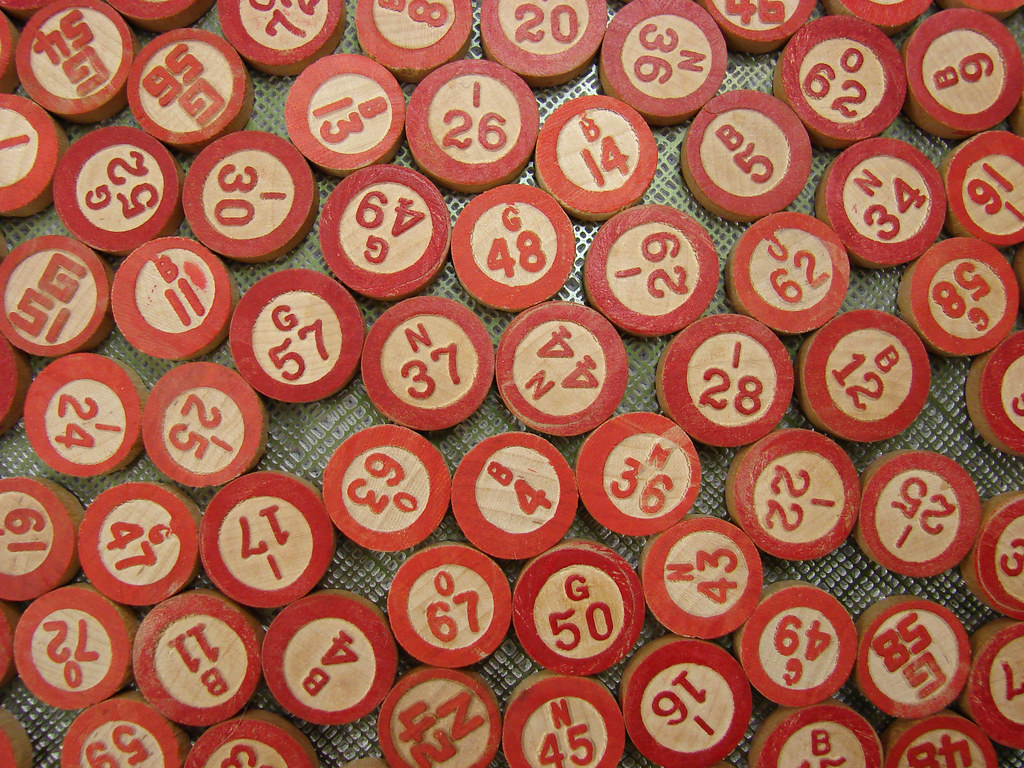On 10 December 2014 The Leverhulme Trust announced a new centres scheme. “A major new initiative,” gushed the press release, “representing a commitment of up to £10m over 10 years for each centre”.
The sting came in the tail. “Each UK university will be permitted to make one bid as the principal applicant institution.” My heart sank. Of course I could see why Leverhulme wanted to limit the number of applications it received, but I knew that managing the demand within the university would mean treading carefully, being scrupulously fair—and answering lots and lots of emails.
I started by advertising the scheme. I combed through Leverhulme’s somewhat scant guidelines, and asked academics to submit a three-page expression of interest to us if they had an idea that fitted the concept.
I gave them a month and a half to do so. In the weeks that followed I was invited to come and speak to at least three groups that were planning to apply; I circulated details on behalf of one seeking partners in relevant areas; I answered numerous emails from applicants seeking clarification.
The trouble was that Leverhulme were seeking the research equivalent of the Holy Grail. They wanted everything, in one sexy package. They wanted something that “encourage[s] new approaches and ‘disruptive thinking’, which may establish or reshape a field of study and which will transform our understanding of a topic of significance to contemporary societies”.
In fact, it had to be so new and disruptive that no equivalent centre existed anywhere in the world. However, as well as being bold and beautiful, it had to be “realistic”. Like a circus worker, the centre had to be both trapeze artist and box office attendant.
“What do Leverhulme mean by ‘disruptive thinking’?” asked one academic. When I phoned Pemberton Row, they were perplexed. “I imagine you get asked this all the time,” I laughed. “Um, actually, no…” they replied, and were intrigued that people could think it meant anything other than “something out of the ordinary that will make changes to the way we think and work”.
They clearly hadn’t worked in a university research office recently. Academics are trained to question and query, and it’s no different when it comes to funding applications. “Is a film-maker a staff cost or an associated cost?” asked one. “It has to be ‘internationally-recognised’, but do we have to have international partners?” asked another. “Will Leverhulme want a ‘hub and spoke’ model?” asked a third.
In the end 10 proposals were put forward. The cross-faculty panel found it difficult to anoint the Chosen One. Partly that was down to the high quality of the bids; the applicants had clearly worked long and hard on getting them right. But partly it was down to having to compare apples and pears, and to try to predict the success of each, based on Leverhulme’s gnomic pronouncements about the new scheme.
Once the panel had decided, I had to send out one letter of congratulation and nine letters of condolence. For the Chosen One, we will work to develop the proposal so it both excites and reassures. For me, I was left divided by the whole process: on one hand I resented having to, essentially, do the funder’s work for them; on the other hand I was grateful for the interest it provoked. It had stimulated 10 collaborations that could lead on to exciting, ground-breaking work. Of course, those collaborations might have arisen naturally, but sometimes there is the need for an extra stimulus to get them going, and nothing stimulates like the chance of a multi-million-pound grant.
This article first appeared in Funding Insight on 17 March 2015 and is reproduced with kind permission of Research Professional. For more articles like this, visit www.researchprofessional.com
“bingo” by hownowdesign is licensed under CC BY-NC-ND 2.0

